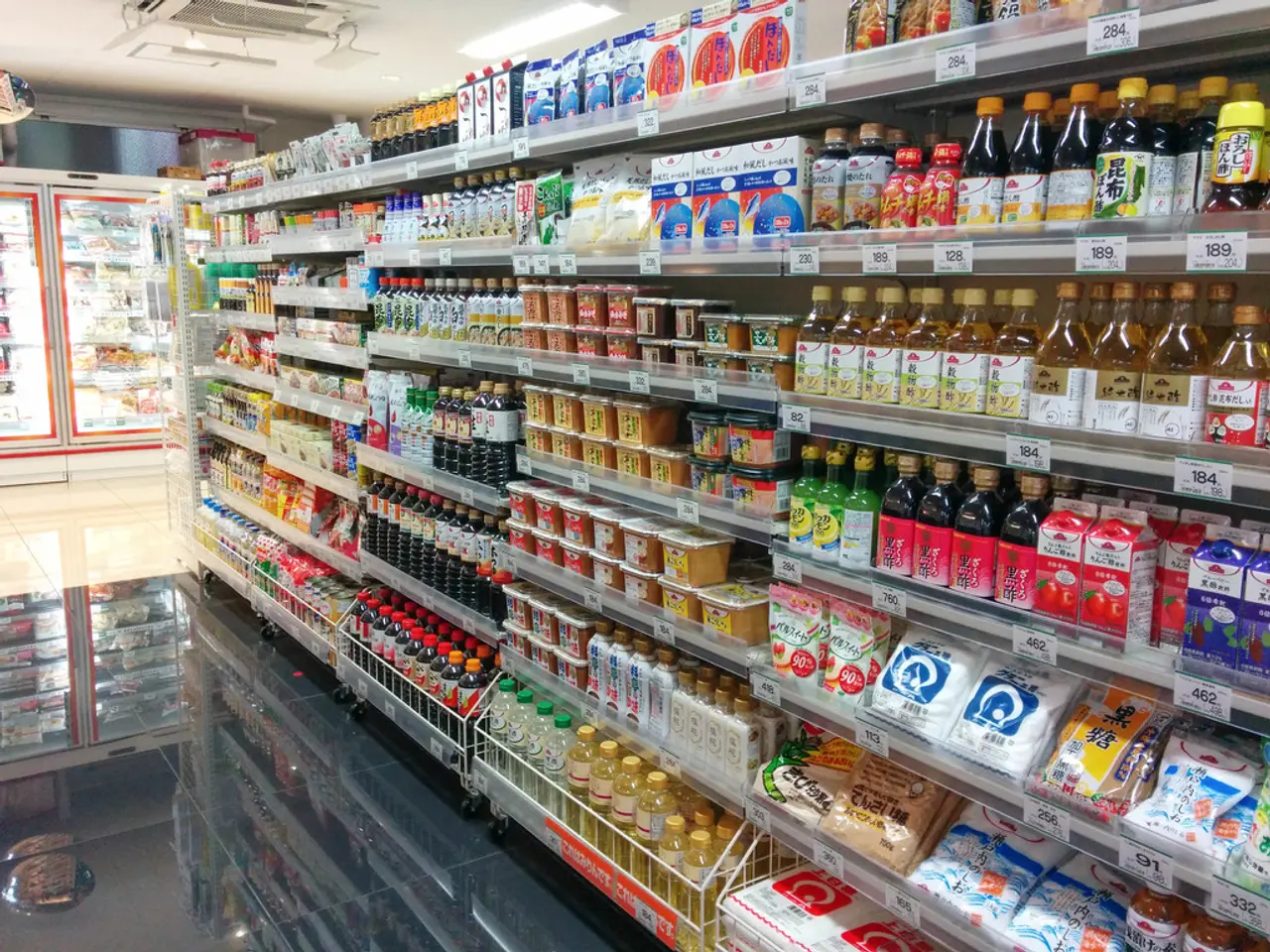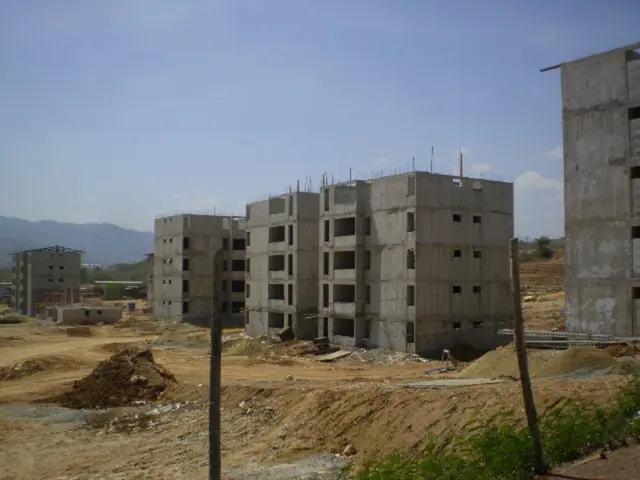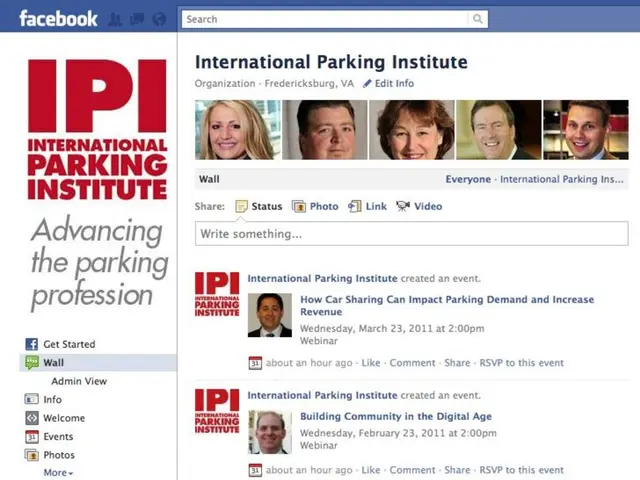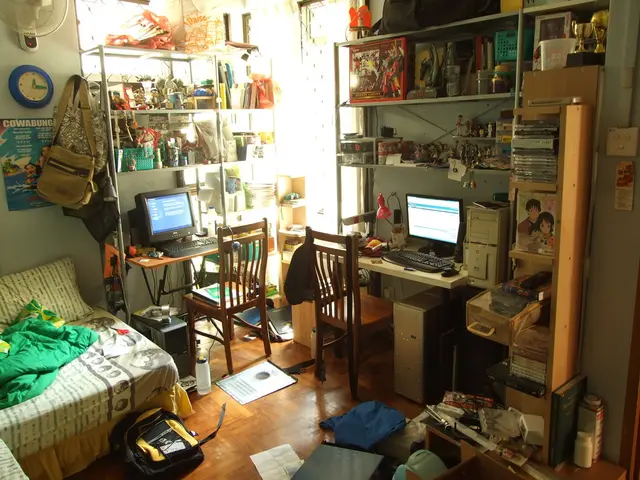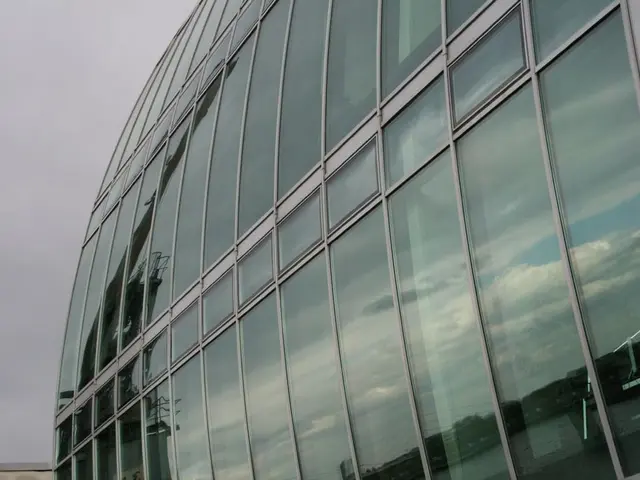Increase in Costs: Identifying Items with Higher Prices Compared to Previous Year
In July 2025, Kazakhstan is grappling with significant inflation in various categories of non-food items. This surge in prices can be attributed to a combination of factors, primarily government spending on infrastructure and public investment projects, which has led to an import boom, particularly of machinery and equipment.
The increased government spending has resulted in a 47% increase in machinery and equipment imports in June 2025, driving up the costs of non-food items [2][4]. Another key factor is the depreciation of the Kazakh tenge, which increases the cost of imported goods, further fueling inflation [2][4].
Rising fuel and utility costs have also contributed to the inflationary pressures. For instance, utility costs have seen over 40% increases for some items, which have a knock-on effect on non-food and service prices [3]. Discussions about raising VAT from 12% to 20% could significantly increase prices on many goods and services, including non-food items [3].
Monetary factors, such as an expanding money supply and growing cash circulation, create structural incentives that lead to higher consumer demand for imports and thus price increases [2][4].
Comparing the index of non-food prices with December 2020, the average value of the indicator has increased by 61.2%. The price of shampoo, irons, and household soap, among other items, have seen significant increases. Notably, laptops have seen the second-highest increase (+131.8%), and household soap the highest (+131.6%) [1][2][3][4].
From January to July 2025, the growth in non-food prices reached 9% compared to the same period in 2024. Men's clothing, women's clothing, footwear, outerwear, children's footwear, and wedding rings have all seen price increases, with women's clothing increasing by 10.4% and children's footwear by 13.6% [1][2][3][4].
In July 2025 alone, the average index for non-food prices increased by 0.8% compared to June 2025 and by 9.5% compared to July 2024. The National Bank of Kazakhstan has published the results of a monthly survey on inflation expectations, with the population remaining skeptical about the prospects for stabilizing prices [1][2][3][4].
Despite these challenges, some items have seen price decreases, such as refrigerators and wristwatches. However, prices for laptops, children's clothing, furniture and carpets, gold wedding rings, and wireless headphones have all increased significantly [1][2][3][4].
Speculative activity in the currency market has been suggested but is debated among experts, with some attributing price increases to genuine economic factors rather than speculation [2][3][4]. Regardless, the Kazakhstan economy faces a challenging period as it navigates these inflationary pressures.
Sources: [1] https://www.stat.gov.kz/ [2] https://www.nationalbank.kz/ [3] https://www.energyministry.gov.kz/ [4] https://www.kazpravda.kz/
As a response to the rising inflation in non-food items due to an import boom of machinery and equipment, I am concerned about the potential impact on my business and finance sectors, given the 47% increase in machinery and equipment imports in June 2025 [2][4]. Furthermore, discussions about raising VAT from 12% to 20% could significantly increase costs in various business areas, including my industry [3].
